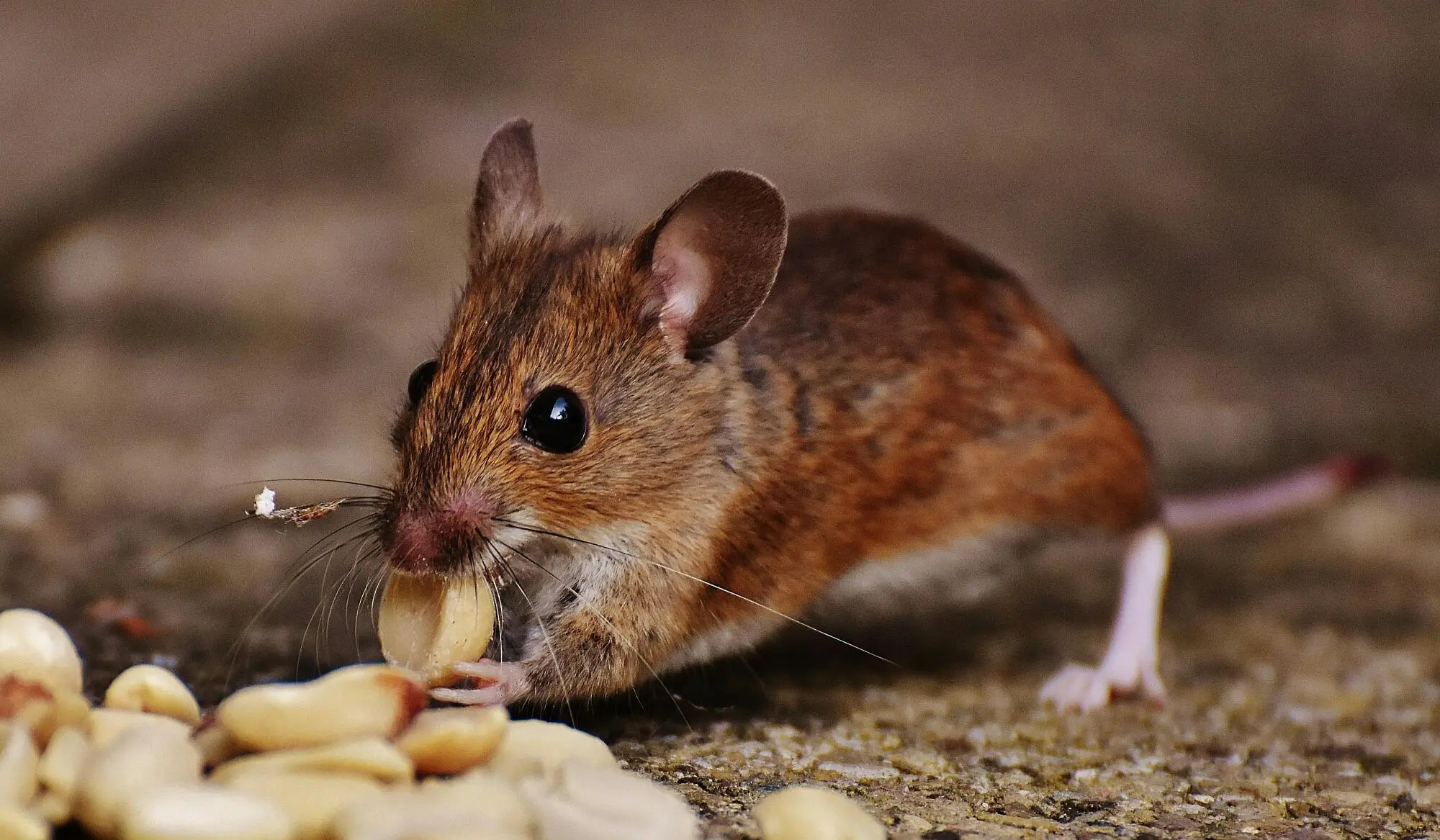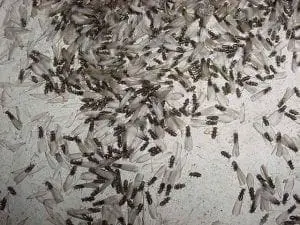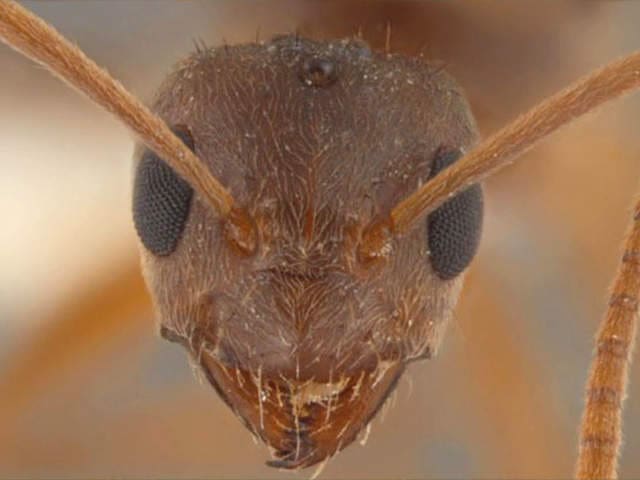Ants in your pantry? Roaches doing laps in the garage? You grab a spray can, channel your inner exterminator, and go to war.
But Tampa’s pests don’t play fair. Between the city’s year-round humidity and subtropical sprawl, your average DIY fix barely scratches the surface, while quietly making things worse.
That bug bomb might feel satisfying now, but behind the walls, you’re just shifting nests, scattering colonies, and possibly inviting bigger infestations or health risks.
So why else should you avoid giving it a try? We’ve got the 411. Read on to learn about the dangers of DIY pest control.
Risks of DIY Pest Control: More Safety Issues
DIY pest control doesn’t just pose a risk to your home, It can put your health on the line in ways most people don’t anticipate.
In a climate like Tampa’s, where homes are often sealed tight to keep out heat and humidity, poor ventilation can amplify the danger of airborne pesticide exposure. Using pest control products without understanding how chemicals interact in enclosed spaces can lead to headaches, dizziness, breathing problems, or worse.
Then there’s the issue of improper storage. Many DIYers keep leftover pesticides in garages or under sinks, where Florida’s high heat and humidity degrade packaging and accelerate chemical breakdown. If you’re mixing concentrates without gloves or using garden sprayers for multiple purposes, the risk of cross-contamination grows fast.
Making The Problem Worse
Tampa’s pest populations are incredibly adaptive, and poorly timed or improperly applied treatments can trigger defensive behaviors that spread pests deeper into your home. Professional pest control services won’t make that mistake.
For example, when ants detect a threat from surface sprays or bait that isn’t strong enough to kill the colony, they may fragment and create satellite nests in new, harder-to-reach areas. That single trail you thought you eliminated? Now it’s five, and they’re coming from inside the walls.
Roaches are just as crafty. Many homeowners use foggers or aerosol sprays that scatter visible roaches without killing the eggs. This leads to a quiet surge in population a few weeks later, usually in areas where you can’t see or access them easily.
Rodents exposed to partial bait doses may become bait-shy, making future eradication even harder. Worse, if they die in inaccessible places, you’ll be dealing with odor, decay, and cleanup that goes far beyond a pest issue.
Home Pest Prevention Tips: Misidentification Traps
It’s surprisingly easy to mistake one pest for another. If you misidentify what’s infesting your home, every decision for efficient pest management in Tampa after that is set up to fail.
Think you’ve got carpenter ants? They might actually be termites. Both are wood-damaging, but only one eats it, while the other just nests in it.
Or maybe you spot small, dark beetles in your pantry and assume they’re just harmless weevils. In reality, you could be dealing with stored product pests that require a full pantry purge and targeted treatment, not just a spray and pray.
Roaches are another common mix-up. German roaches, which thrive indoors in tight crevices, need very different treatment from smoky brown or American roaches that come in from outside.
Using the wrong bait, or placing it where the target species won’t reach it, won’t just waste time: it may drive the pests deeper into walls or hidden zones.
Lacking Florida-Specific Expertise
Florida’s subtropical climate creates a year-round breeding ground for pests that behave very differently than their counterparts in cooler, drier regions. The problem is that most DIY solutions aren’t tailored for Florida’s unique ecology: they’re mass-produced, one-size-fits-all products that overlook how regional climate, pest biology, and seasonal patterns intersect.
Take termites, for example. Florida is home to both drywood and subterranean species, each requiring completely different treatment approaches.
Most DIYers can’t tell them apart, and using the wrong method won’t touch the actual colony tunneling beneath your home. Fire ants in Tampa reproduce rapidly after heavy rains, making timing critical. Treat too early or too late, and you’re just giving them time to regroup.
Humidity also changes how chemicals perform. In Florida, improperly stored or applied pesticides can degrade quickly, lose effectiveness, or spread residue in unintended ways. Certain pests have developed resistance to common over-the-counter treatments, making local knowledge even more important.
Causing Expensive Repairs
What starts as a $20 bottle of spray can quickly spiral into thousands of dollars in home repairs when DIY pest control goes wrong.
Rodents gnaw through insulation, electrical wiring, and even plumbing. A few missed entry points or incorrectly placed bait stations can turn a manageable issue into a full-blown infestation.
Homeowners frequently discover rodent damage only after lights start flickering or water leaks appear in ceilings or cabinets. These aren’t minor fixes. They’re:
- Costly rewiring jobs
- Drywall replacements
- Potential mold remediation
- Structural wood repair
The irony is that homeowners turn to DIY to save money, but they often call a pest control Tampa professional when the damage is done.
Missing Signs of Bigger Problems
Surface-level fixes often distract from deeper warning signs that Tampa pest control experts are trained to catch. A few palmetto bugs in the bathroom might not just be a roach problem.
Termite droppings or discarded wings might get swept up without realizing they point to active tunneling inside your home’s framing. Rodent droppings in the garage? They might be the only visible clue that insulation has already been shredded for nesting.
These red flags often go unnoticed in DIY scenarios because the focus is on killing what’s visible, not investigating why pests showed up in the first place. A licensed pest technician, on the other hand, knows how to properly inspect:
- Weep holes
- Soffits
- Attics
- Crawl spaces
- Foundation lines
For underlying vulnerabilities.
The Dangers of DIY Pest Control: Protect Yourself Today
The dangers of DIY pest control are hard to underestimate. Don’t risk doing such an important job yourself.
Skip the guessing games and chemical roulette. At Chet’s Termite & Pest Management, we’ve spent over 30 years fixing the damage DIY treatments leave behind, often costing homeowners more in the long run. If you’re dealing with pests in Tampa, don’t wait for an infestation to spiral.
Schedule your free 57-point inspection with one of our veteran techs. We’ll show up on time, treat you like family, and give you advice that puts your safety first.




